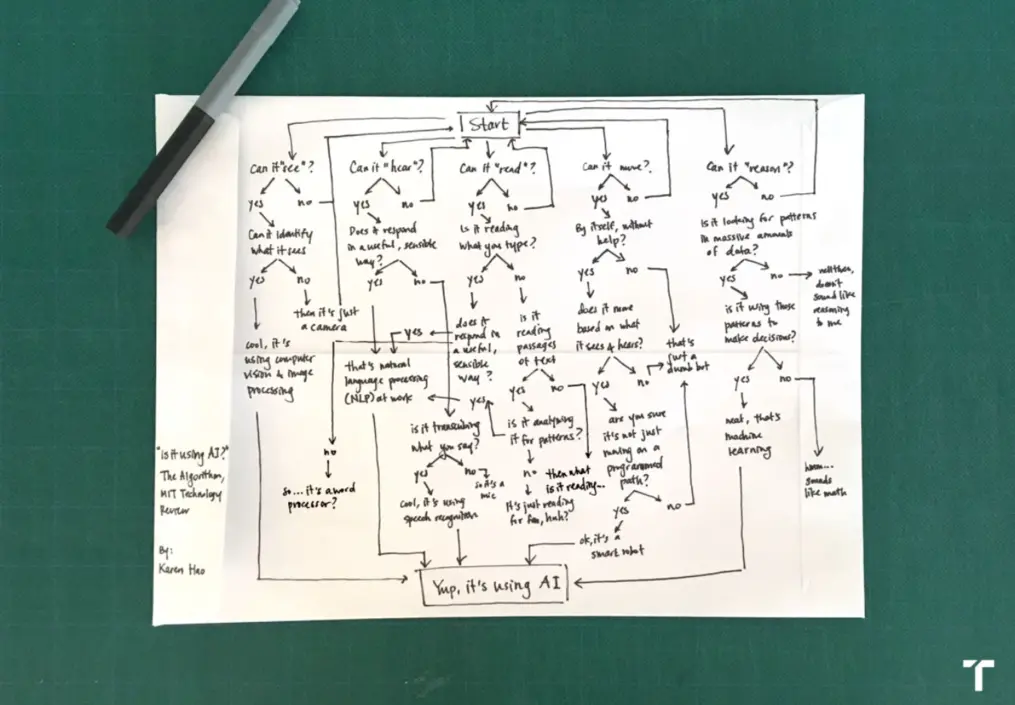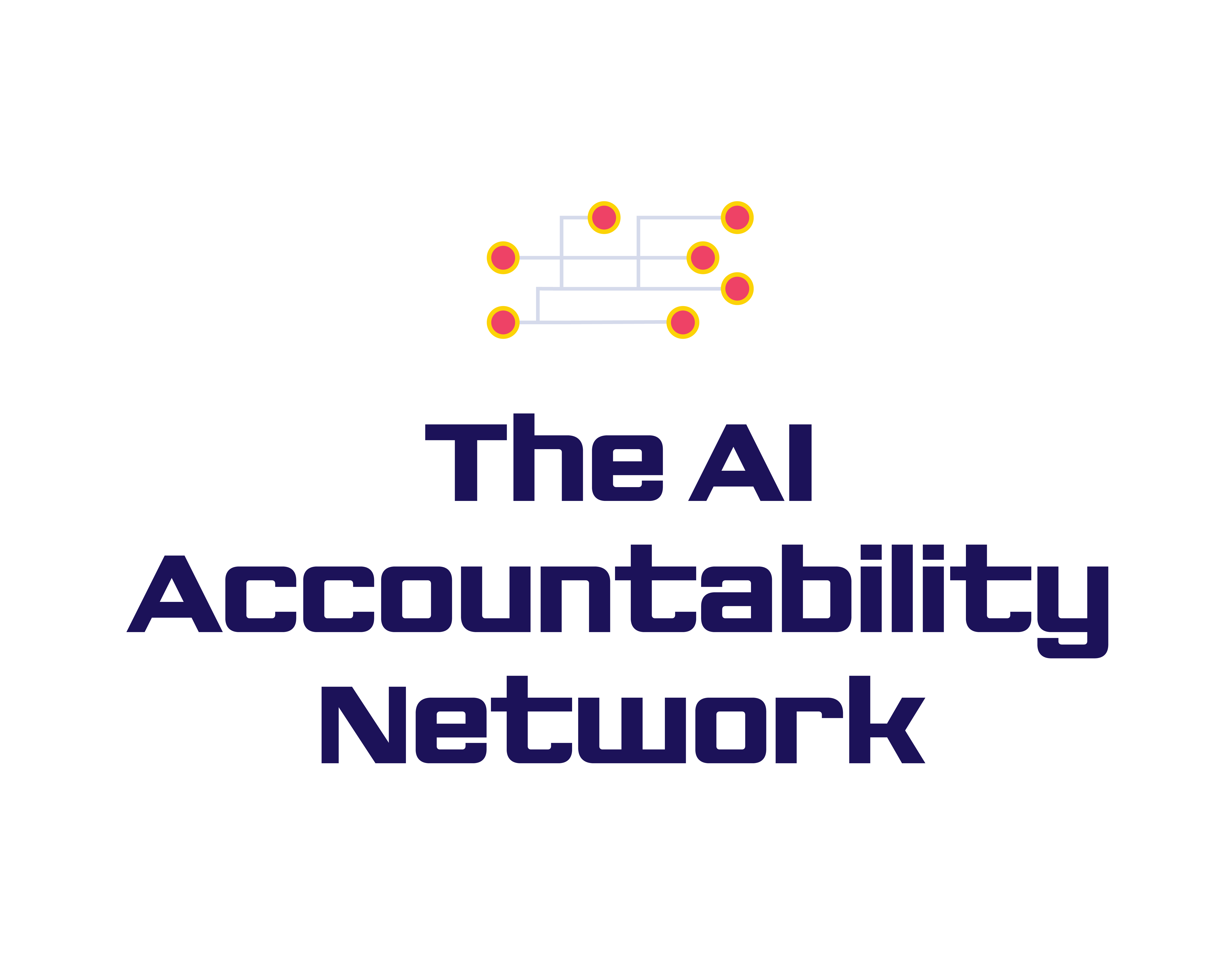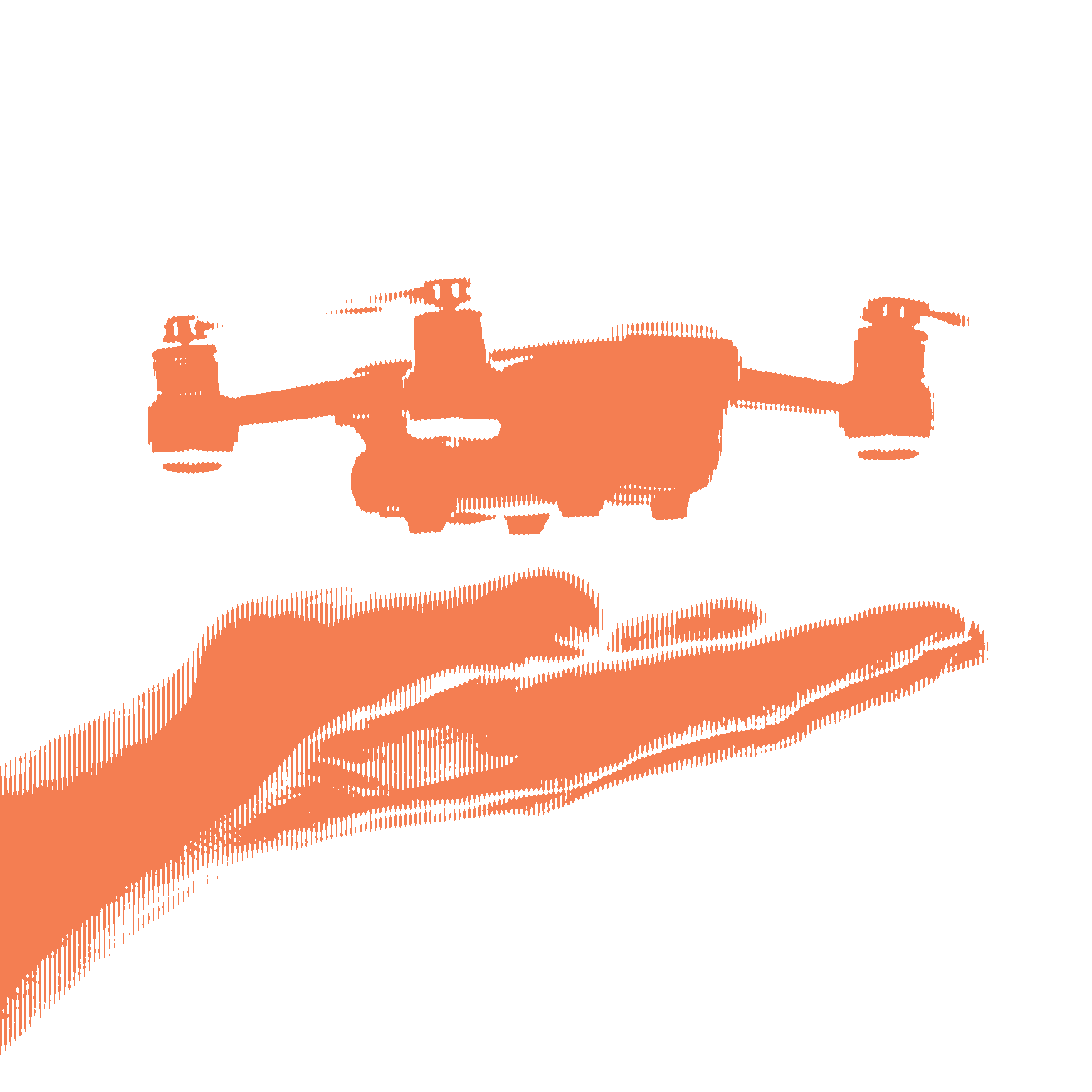Objectives:
Students will be able to…
- Develop knowledge about what artificial intelligence (AI) is, how it used, and where they might encounter it
- Evaluate some of the positive and negative impacts of AI on everyday life
- Explore and determine central ideas of Pulitzer Center-supported reporting on AI
- Use research, writing, and art skills to engage with the reporting in extension activities
Warm-up:
1. Have you ever used a search engine like Google, scrolled through a social media feed, or used Face ID to unlock a device? If you have, you have interacted with artificial intelligence!
2. Have you heard of artificial intelligence (AI) before? What comes to mind when you hear the term AI? Students can write down their ideas on a collaborative board, or share with a classmate.
3. Take a moment to look up the term artificial intelligence. (Click here for one definition.) Does this definition add anything new to your original understanding? Discuss as a class.
4. Explore the flowchart below created by Karen Hao, a Pulitzer Center grantee and senior AI editor at MIT Technology Review. Hao created this flowchart to help herself and others determine whether or not a technology is using AI. As you explore the flowchart, brainstorm 2-3 technologies you suspect use AI and use the chart to determine whether this is the case.

Introducing the Lesson:
In this lesson, students will gain a basic understanding of what artificial intelligence (AI) is, its prevalence in our lives, and its effects. Most people regularly interact with AI without even realizing it. AI technologies provide recommendations for what we should watch next on streaming services based on our viewing histories, suggest who we should follow on social media platforms, and unlock our devices through facial recognition.
Governments and corporations worldwide are increasingly harnessing the power of artificial intelligence and predictive technologies to help solve some of society’s biggest problems. But if unchecked and unaccountable, algorithms have the potential to discriminate and harm some of the most vulnerable members of society, deepening social and economic gaps and amplifying racial bias.
AI has become a huge part of our everyday lives and the systems that shape them, and its influence will likely only grow. As a result, it’s important to have a basic understanding of what AI is, how it is used, and the positive and negative effects it produces. This understanding equips us to recognize the technology when we encounter it, and to leverage its potential benefits while calling out and challenging harmful usages.
In this lesson, students will explore, examine, and make connections to Pulitzer Center-supported reporting on AI. Extensive activities ask students to engage with the reporting and consider the impact of AI in their local communities.
Exploring Reporting on AI:
Students choose one or more AI stories from the table below to explore individually or with fellow students as part of a small group.
Pulitzer Center AI Reporting
Individual or Small Group Reflection:
1. While they explore the story of their choice, students should write down their responses to the following questions:
- How is AI being used in this story?
- Who is benefitting from this use of AI, and how?
- Who is experiencing negative consequences from this use of AI, and how?
2. After exploring the story, students discuss the following questions in their small groups or reflect individually in writing.
- What new information did you learn from the story you explored? Did anything surprise you?
- How has the story you explored challenged, expanded, or reinforced your understanding of AI?
- Can you connect with any of the experiences people shared in the story you explored? Has AI affected you and/or your community in similar ways?
- How are people in the story you explored combatting the dangers of AI and/or leveraging its potential for good?
Whole Class Sharing and Discussion:
1. Student groups report a short summary of their responses to the reflection questions to the class in order to build collective knowledge about how AI is used, and what its positive and negative outcomes can be. If students reflected individually, sharing in small groups may allow more voices to be heard.
2. As a whole class, students discuss the following questions, drawing on evidence from the stories they explored, key themes their classmates shared, and their personal knowledge of and experiences with AI.
- Why is it useful to learn about AI?
- Do you think AI technology should be regulated by the government (local, state, national, and/or international)? Why or why not?
- What can we (students, teachers, community members, etc.) do to combat the dangers of AI and/or leverage its potential for good?
To conclude the lesson, students answer out loud or in writing:
- What is one way in which AI impacts your life?
- What is one way in which AI impacts other people's lives?
- What is one question you have about AI and/or its impacts?
Extension Activities:
Option 1. Write an Argumentative Essay
Prompt: Does artificial intelligence do more harm or good?
Write an argumentative essay (teacher specifies page count) that explains your stance on the prompt above. Consider the Pulitzer Center-supported stories that you explored today. How did you feel when exploring those stories? What information or examples did you read about that can help you support your stance? Take a look at this organizer created by Pulitzer Center Teacher Fellow Larue Fitch to help you format your paper. And, find all Pulitzer Center-supported stories about AI here.
Option 2. Create an Infographic
Infographics are a great way to raise awareness and share information. Create an infographic that highlights the impact of AI in your community. AI affects communities in many different ways so you may want to focus on the impact of AI on the legal system, working conditions, the healthcare industry, or another sector in your community.
Your infographic should include the following:
- A title that summarizes the topic of your infographic
- Data visualizations
- Citations (where does your data come from?)
- Additional images
Students can use Canva's free infographic maker for their project.
Option 3. Audit Artificial Intelligence in Your Daily Life
Step 1: Reflect on the stories you explored in this lesson and your class discussion, and use these to generate a list of AI technologies you know about. Write a one-sentence description of what the technology does, and its specific name if it has one (e.g. ShotSpotter). List at least five.
Step 2: Do some research on how AI is used and where you might expect to find it in your everyday life. Add at least ten more items to your list.
Step 3: Every day for one week, make a note any time you notice that you encounter AI technology. Look back at your list at least once a day to remind yourself of some of the technologies to look out for.
Step 4: Share a short verbal presentation with your class that answers the following questions:
- How often did you notice yourself encountering AI technologies this week?
- What AI technologies did you notice yourself encountering most often?
- Do you think it is useful to be aware when you are encountering AI technology? Why or why not?
Step 5: As a class, discuss:
- What patterns do you notice in the class's experiences? Did anything surprise you?
- Do you think it's possible you might have encountered more AI technologies than you noticed in the last week? Why are some AI technologies harder to recognize than others?
- How do you feel about your observations, and those of your classmates?
- In what ways do you think the AI you encountered this week could have a positive impact on your life?
- In what ways do you think the AI you encountered could have a negative impact on your life?
- How do you think you and your classmates can access more of the positive effects, and counteract the negative effects?
Common Core Standards:
Reading Standards for Informational Texts, Grades 9-10:
Cite strong and thorough textual evidence to support analysis of what the text says explicitly as well as inferences drawn from the text.
Writing Standards, Grades 9-10:
Conduct short as well as more sustained research projects to answer a question (including a self-generated question) or solve a problem; narrow or broaden the inquiry when appropriate; synthesize multiple sources on the subject, demonstrating understanding of the subject under investigation.
Speaking and Listening Standards, Grades 9-10:
Present information, findings, and supporting evidence clearly, concisely, and logically such that listeners can follow the line of reasoning and the organization, development, substance, and style are appropriate to purpose, audience, and task.


























